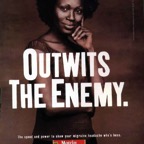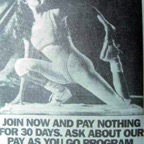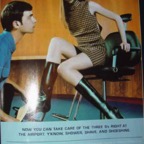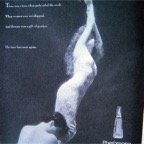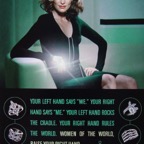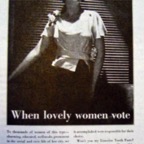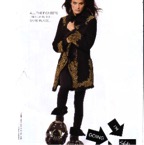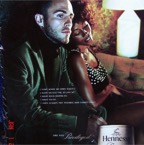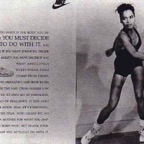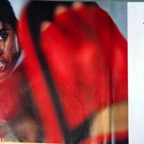Power
Background: Susan Bordo discusses the interesting rhetoric of “taking control,” particularly as it has been manifested in popular movies, advertising and public culture (1997a). As she suggests, “this macho model of moral fortitude has a lot of living currency today—and for the first time, we now see it applying to women as well as men” (1997a: 28). Nike’s slogan of “just do it,” “no pain no gain,” the idea of willpower, “go for it,” “no limits,” “I’m doing it for me,” “take control”…these are all slogans with which we are familiar. In popular movies the trope of the individual meeting incredible odds and overcoming them is balanced in consumer advertising by the trope of personal empowerment through the consumption of goods and services. “The rhetoric of taking charge of one’s life has been yoked to everything from car purchases to hair-coloring, with physical effort and discipline often dropping out as a requirement (Bordo 1997a: 35). Later in Bordo’s article, she focuses on “mystification” in how these culture tropes are made transparent (1997a:51), and it is interesting to consider how numerous levels of analysis can reveal critical implications not just for issues related to gender but to consumerism as well. The works of Marx, Gramsci, Benjamin and Foucault are clearly related to the overall issue of mystification and the messages of consumer society. A number of excellent articles address these issues of commodity and perceived agency. One source to look at is Goldman (1992: “Commodity Feminism,” Pp. 130-154, and “Envy, Desire and Power,” Pp. 107-129). Similarly, Wolf focuses on the idea of women’s magazines representing the idea of female solidarity (1991:76). The Ads: The series of pictures are arranged in their focus on what I call “selling women power.” Although levels of misogyny and patriarchal hegemony have not truly diminished in U.S. society, some people believe that women have a greater voice in society in part due to the “selling of power” in popular media. In the film Erin Brokovich, for example, many critics and viewers remarked that the lead character exhibited agency and power in her ability to take on a powerful corporation and publicly critique its elite deviance. In reality, much of the film manifests “power” in Brokovich’s dress and ability to use her body to achieve success. In other words the belief that women can now better attain power may be rooted in traditional constructions of female heterosexuality, particularly as women are told that they can still use their bodies to get what they want. Is it any surprise that Julia Roberts’ role in Pretty Woman, one of the truly pathetic films in recent memory, is also based on her character’s use of her body to move “from rags to riches”? In the realm of popular advertising we see a similar focus on women achieving success and autonomy through consumption. The ads below use individuality and agency to suggest that women have achieved parity with men in society. As you will find with many other sets of ads, advertising is often ambiguous, which makes the task of cultural analysis quite difficult. In the ad below with the runner (#7), it is interesting to think about examples of how some women truly do have more control over their lives—some gender roles have broken down and some women have more career and life options than in the past. Yet at the same time, the options for other women have not expanded. Domestic violence is still an unfortunate reality for women in all cultures, and women still make significantly less money than men in all cultures. Because so much of “selling women” power focuses on modifying and improving the body, this set is closely related to the normalization page. Discussion Questions: (1) In terms of the constructions of power in the ads, are there common approaches to representing power, such as visual, linguistics or other means? (2) Are any of the women empowered in these ads? If so, which ones and why do you believe that they are empowered? (3) Do these ads reflect any historical progress related to women's power in society?


